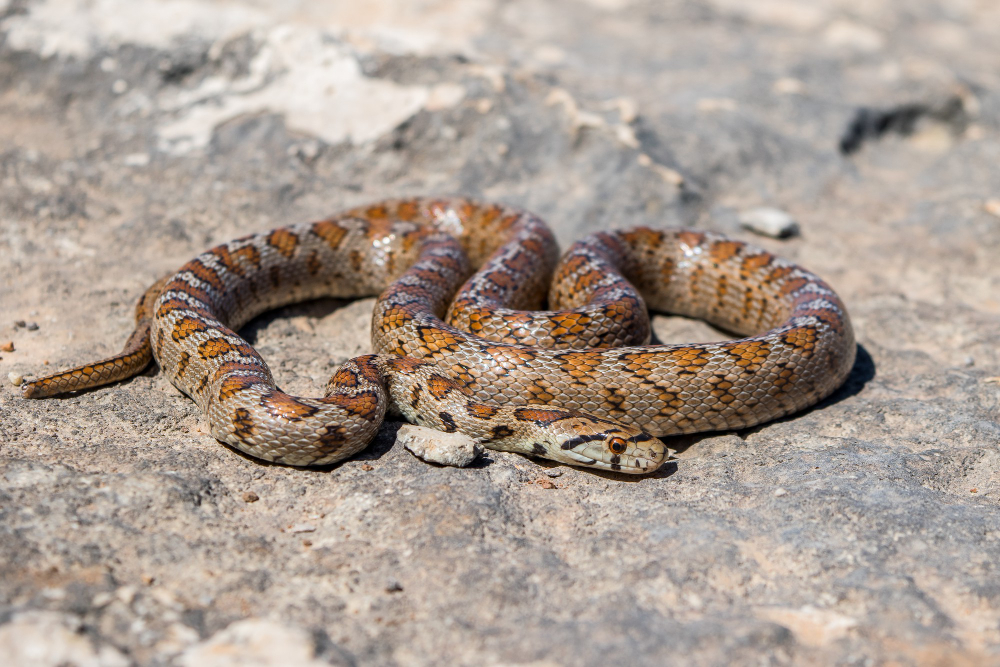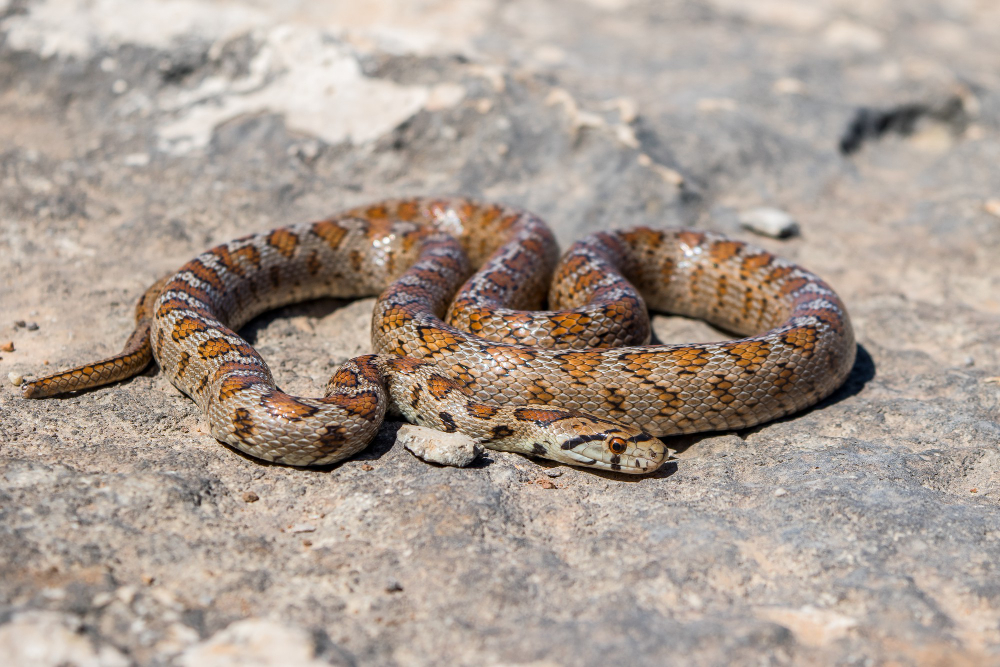Snakes have fascinated and frightened humans for centuries. Among the vast array of snake species, some are known for their dangerous venom and aggressive nature. This guide aims to provide a comprehensive overview of dangerous snakes, complete with vivid pictures and detailed descriptions. Whether you’re a snake enthusiast, a wildlife photographer, or someone who wants to stay informed, this article will cover everything you need to know about dangerous snakes.
Introduction to Dangerous Snakes
Snakes are reptiles that belong to the suborder Serpentes. There are over 3,000 species of snakes worldwide, with varying degrees of danger associated with them. This guide focuses on the most dangerous snakes known for their potent venom and potential threat to humans.
2. Why Study Dangerous Snakes?
Understanding dangerous snakes is crucial for several reasons:
- Public Safety: Knowing which snakes are dangerous can help prevent snakebite incidents.
- Conservation: Many dangerous snakes are also endangered, and awareness can aid in their conservation.
- Education: Educating the public about snakes can reduce fear and promote coexistence.
3. Top Dangerous Snakes in the World
A. King Cobra

Scientific Name: Ophiophagus hannah
Description: The King Cobra is the world’s longest venomous snake, reaching lengths of up to 18 feet. It is known for its hood and intimidating presence.
Venom: Neurotoxic, affecting the nervous system and causing paralysis.
Habitat: Forests, grasslands, and swamps in India and Southeast Asia.
B. Black Mamba

Scientific Name: Dendroaspis polylepis
Description: The Black Mamba is one of the fastest and deadliest snakes. It can grow up to 14 feet long and is known for its agility.
Venom: Neurotoxic and cardiotoxic, causing rapid paralysis and cardiac arrest.
Habitat: Savannas and rocky areas in sub-Saharan Africa.
C. Inland Taipan

Scientific Name: Oxyuranus microlepidotus
Description: Also known as the “fierce snake,” the Inland Taipan is the most venomous snake in the world.
Venom: Extremely neurotoxic, capable of killing within an hour.
Habitat: Semi-arid regions of central Australia.
D. Russell’s Viper

Scientific Name: Daboia russelii
Description: Russell’s Viper is a highly venomous snake found in Asia. It has a distinctive chain-like pattern on its body.
Venom: Hemotoxic, causing extensive tissue damage and internal bleeding.
Habitat: Grasslands, forests, and agricultural fields in Asia.
E. Eastern Brown Snake

Scientific Name: Pseudonaja textilis
Description: The Eastern Brown Snake is known for its quick temper and potent venom. It can grow up to 7 feet long.
Venom: Neurotoxic and coagulopathic, leading to paralysis and uncontrolled bleeding.
Habitat: Open woodlands, grasslands, and urban areas in Australia.
4. Identifying Dangerous Snakes
Identifying dangerous snakes involves understanding their physical characteristics, such as:
- Color and Pattern: Many dangerous snakes have distinctive colors and patterns.
- Head Shape: Venomous snakes often have triangular or diamond-shaped heads.
- Pupil Shape: Elliptical pupils are common in venomous snakes, while non-venomous snakes typically have round pupils.
5. Habitat and Behavior of Dangerous Snakes
Dangerous snakes are found in various habitats, including forests, deserts, grasslands, and swamps. Their behavior can be influenced by their environment, with some snakes being more aggressive than others.
A. King Cobra Habitat and Behavior
King Cobras are often found near water sources and are known for their territorial behavior. They primarily feed on other snakes.
B. Black Mamba Habitat and Behavior
Black Mambas prefer open savannas and rocky hills. They are highly aggressive and will strike repeatedly when threatened.
C. Inland Taipan Habitat and Behavior
Inland Taipans are reclusive and prefer remote, arid regions. They are rarely encountered by humans.
6. Venom and Its Effects
The venom of dangerous snakes can vary greatly in its composition and effects. Common types of venom include:
- Neurotoxic Venom: Affects the nervous system, causing paralysis.
- Hemotoxic Venom: Destroys red blood cells and tissue.
- Cytotoxic Venom: Causes cell damage and necrosis.
- Cardiotoxic Venom: Affects the heart and can lead to cardiac arrest.
7. Safety Tips for Encountering Snakes
Encountering a snake can be a frightening experience. Here are some safety tips:
- Stay Calm: Do not make sudden movements.
- Back Away Slowly: Give the snake space to retreat.
- Avoid Provoking: Do not attempt to handle or provoke the snake.
- Seek Medical Help: If bitten, seek immediate medical attention.
8. Photography Tips for Capturing Snake Images
Photographing snakes requires skill and caution. Here are some tips:
- Use a Telephoto Lens: Maintain a safe distance.
- Capture Details: Focus on the eyes, scales, and patterns.
- Lighting: Use natural light for the best results.
- Patience: Snakes can be elusive, so patience is key.
9. Myths and Facts About Dangerous Snakes
A. Myths
- All Snakes Are Aggressive: Not all snakes are aggressive; many prefer to avoid confrontation.
- Venomous Snakes Always Kill: While dangerous, many snake bites are treatable if medical help is sought promptly.
B. Facts
- Snakes Play a Vital Role in the Ecosystem: They help control pest populations.
- Not All Venomous Snakes Are Deadly: The severity of a bite depends on various factors, including the amount of venom injected.
10. Conservation Status of Dangerous Snakes
Many dangerous snakes are also endangered due to habitat loss and human persecution. Conservation efforts are crucial to protect these species and maintain ecological balance.
11. First Aid for Snake Bites
If bitten by a snake, immediate first aid is crucial:
- Keep Calm: Panicking can increase the spread of venom.
- Immobilize the Affected Limb: Keep the bite area still and below heart level.
- Remove Tight Clothing or Jewelry: This can help prevent swelling.
- Seek Immediate Medical Help: Get to a hospital as quickly as possible.
12. Famous Snake Handlers and Herpetologists
Several individuals have dedicated their lives to studying and handling snakes. Notable figures include:
- Steve Irwin: The “Crocodile Hunter” who raised awareness about reptiles.
- Bill Haast: A renowned snake handler who survived over 170 venomous snake bites.
- Romulus Whitaker: A herpetologist known for his work with Indian snakes.
Frequently Asked Questions (FAQs)
What is the most dangerous snake in the world?
- The Inland Taipan is considered the most venomous snake.
How can I avoid snake bites?
- Stay alert in snake-prone areas, wear protective clothing, and avoid disturbing snakes.
Can snakes hear?
- Snakes do not have external ears but can sense vibrations through their jawbones.
Are all snakes venomous?
- No, only about 15% of all snake species are venomous.
What should I do if I see a snake in my yard?
- Stay calm, keep your distance, and contact local wildlife control for assistance.
Conclusion
Dangerous snakes, despite their fearsome reputation, play a vital role in our ecosystems. Understanding their behavior, habitat, and the risks they pose can help mitigate fear and promote coexistence. Whether you encounter them in the wild or through photographs, respecting these fascinating reptiles is crucial.




